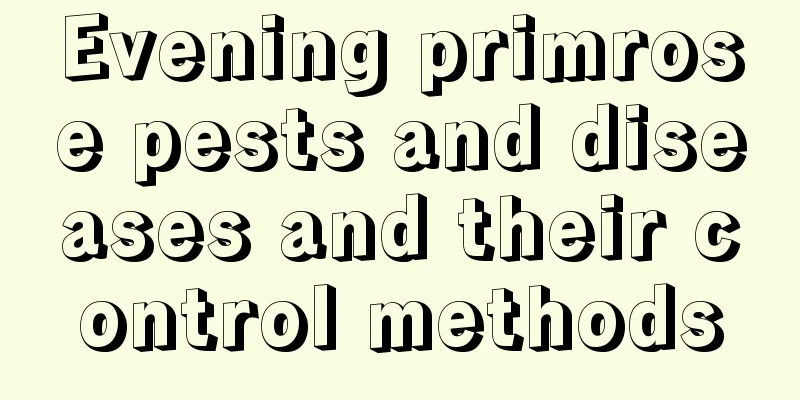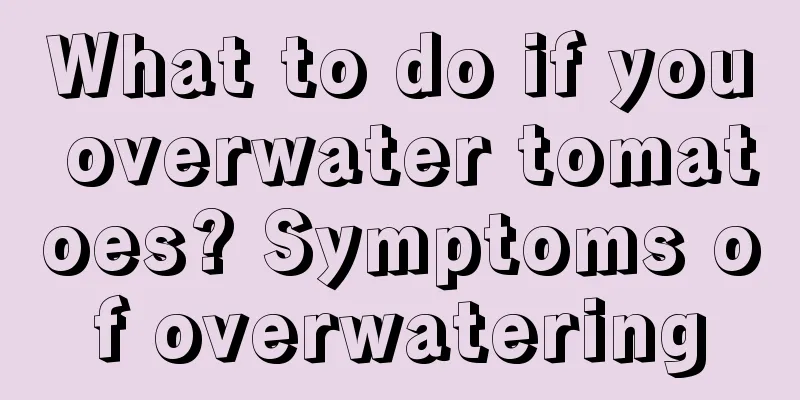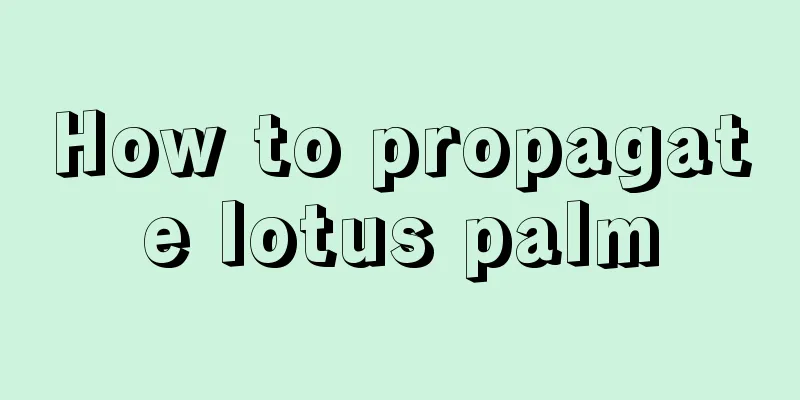Evening primrose pests and diseases and their control methods

Diseases and prevention methods of evening primroseRotRot is one of the diseases that plague evening primrose. After becoming infected, the roots of the plant gradually change color and rot, the leaves shrink and dry up, and in severe cases, the entire plant may die. Prevention and treatment methodsYou can use 1% lime water, or 1500 times diluted 50% thiophanate-methyl, or 1000 times diluted 75% chlorothalonil for irrigation. Leaf spotLeaf spot disease mainly harms the leaves of evening primrose. The pathogen is Septoria oenothera, which belongs to the subphylum Ascomycota and the genus Septoria. The pathogen overwinters in diseased remains in the form of conidiophores and mycelium. In the spring of the following year, the conidiophores absorb water and release conidia for initial infection. The transmission of leaf spot disease mainly relies on raindrop splashing and air circulation. Seeds carry the bacteria, causing long-distance transmission. The disease is most likely to occur in a high temperature and high humidity environment, so the hot and rainy season from July to August every year is the peak period of the disease. After becoming infected, round, light brown spots will appear on the leaves, about 2-3 mm in diameter, with purple-red edges, brown in the middle, and densely covered with small black spots. In severe cases, the leaves will gradually dry up and fall off. Prevention and treatment methodsIn autumn, completely remove diseased leaves and seriously diseased plants, burn them and discard them in a centralized location. Before sowing, soak the seeds in 500 times diluted 50% carbendazim or 50% mancozeb for 30 minutes, and then plant them after drying. In the early stage of the disease, spray 500 times diluted 50% mancozeb or 600 times diluted 50% mefenamic acid once, with an interval of 10-15 days. Evening primrose pests and control methodsAglaonema cooperiThis pest will harm plant seedlings in the larval stage, chewing branches and stems, causing poor development of seedlings. In the adult stage, it will affect the flowering of the plant and have a certain impact on the petals. Prevention and treatment methodsUse roasted wheat bran and 30 times diluted 90% crystalline dichlorvos to make poison bait to kill insects. Mix the bait directly with 50% phoxim emulsifiable concentrate in a ratio of 1:1 to kill the insects. |
<<: Pests of Albizia Julibrissin and their control methods
>>: Common Pests of Hypericum and Their Control Methods
Recommend
Causes and treatments for yellow leaves of bamboo begonia
1. Too much light Reason: Bamboo Begonia prefers ...
How to care for cyclamen in winter
Is cyclamen afraid of cold? Cyclamen is afraid of...
How to take care of the newly bought pteris fern
1. Lighting The Phoenix Fern does not require muc...
How to care for Jade Plant in winter?
The life characteristics of the golden branches a...
How to grow succulents for beginners
1. Pot soil requirements The material of the flow...
Miracle fruit cultivation methods and precautions
1. Maintenance methods 1. Soil: Miracle fruit doe...
What to do if Hawaiian coconut branches droop
1. Watering issues: Irregular watering, because H...
How to deal with the cineraria flowers after they fade
Flowering period Most flowers bloom in spring and...
Should cosmos be grown by seeds or cuttings? How to get seeds
1. Breeding Methods Marigold can be propagated by...
Others throw flowers, my wife picks them up, and I am convinced that they have grown to the point where the pot is full.
Phalaenopsis Phalaenopsis is absolutely beautiful...
How to grow big-leafed arborvitae
Growth conditions of large-leaved radishes Large-...
Can expired cakes be used as fertilizer?
Expired cakes as fertilizer Expired cakes can be ...
How to deal with gardenia after it blooms
1. Timely pruning After the gardenia blooms, ther...
How to propagate Deutzia parviflora by cuttings
1. Seedling preparation: First, make a good seedl...
Which month is the best to sow shepherd's purse?
Shepherd's purse, also known as ground rice v...









